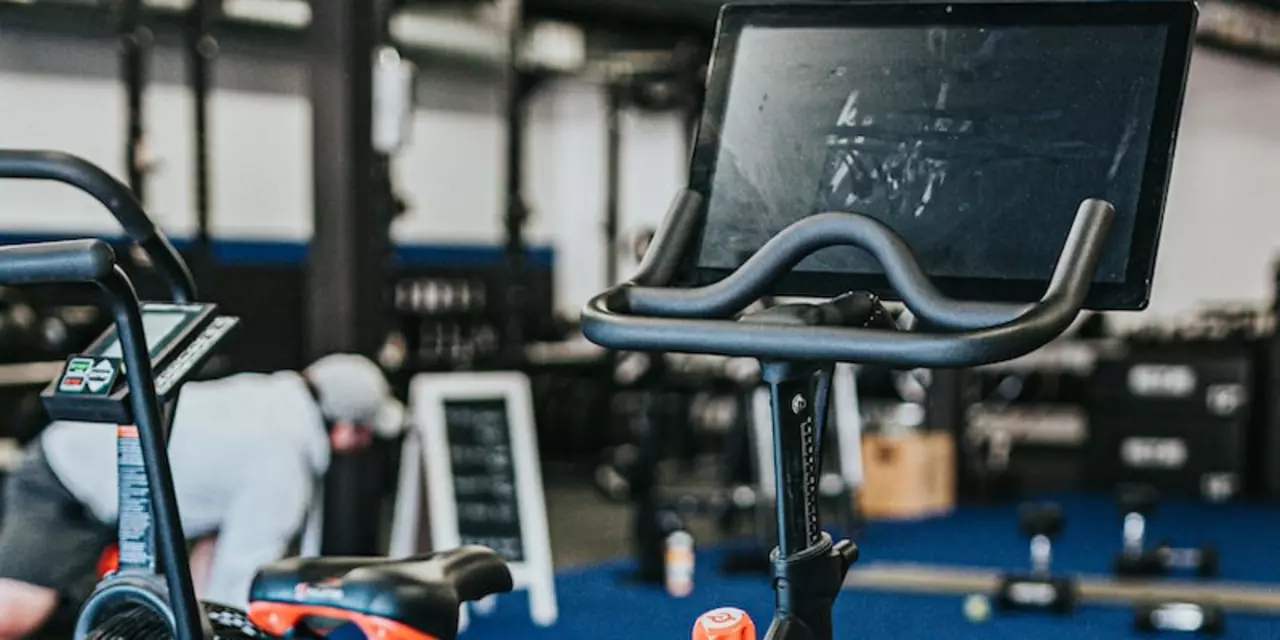Weight Loss: Basics, Cycling Boosts, and Real‑World Strategies
When working with Weight Loss, the process of reducing body mass through diet, activity, and lifestyle tweaks. Also known as fat reduction, it requires a consistent calorie deficit and often benefits from regular aerobic exercise, you’ll quickly see that the journey isn’t just about food choices—it’s a mix of science and habit.
One of the most efficient ways to create that deficit is Cycling, a low‑impact, high‑burn activity that can be done on roads, trails, or stationary trainers. Also called bike riding, it leverages large muscle groups to torch calories while sparing your joints. A 150‑lb rider can burn roughly 600 calories in an hour of moderate effort, turning a single session into a powerful weight‑loss tool.
Underlying the calorie burn is the concept of a Calorie Deficit, the state where you consume fewer calories than your body expends. Also referred to as energy shortfall, it drives the body to tap stored fat for fuel. Pairing a modest daily deficit (about 500 kcal) with regular rides can lead to a steady loss of 1 lb per week without drastic hunger.
But burning calories is only half the story; your Metabolism, the set of chemical reactions that turn food into usable energy. Also known as basal metabolic rate, it determines how many calories you burn at rest and can be nudged upward by building muscle and staying active. High‑intensity intervals on the bike, for example, trigger the after‑burn effect (EPOC), keeping your metabolism elevated for hours after the ride.
Putting It All Together: Practical Steps for Sustainable Weight Loss
Start by tracking what you eat for a few days; a simple phone app can reveal hidden calories and help you set a realistic deficit. Next, schedule three to four cycling sessions per week, mixing steady‑state rides with short bursts of sprint intervals. Keep your rides enjoyable—listen to a favorite podcast or explore a new trail—to make consistency easier.
Don’t overlook recovery. Adequate sleep supports hormone balance, which in turn protects muscle mass and keeps metabolism humming. Hydration matters too; drinking water before meals can curb appetite and improve workout performance.
Finally, think of weight loss as a skill you’re building, not a quick fix. The habits you forge on the bike, in the kitchen, and in daily routine will stick long after the scale moves. Below you’ll find articles that dive deeper into each piece—how to structure a ride for maximum calorie burn, the role of nutrition timing, and real‑world stories from cyclists who transformed their bodies.
Ready to see the full range of tips, tricks, and research‑backed advice? Keep scrolling to explore the curated posts that cover everything from beginner‑friendly rides to advanced fuel strategies, all aimed at helping you reach your weight‑loss goals the smart way.

Does an exercise bicycle help you lose weight?
Exercise bicycles are an effective way to lose weight and get into shape. They provide an excellent low-impact cardiovascular workout that can help burn calories and tone muscles. Additionally, they are easy to use and can be done in the comfort of your own home. However, it is important to combine regular exercise with a healthy diet to maximize the benefits of an exercise bicycle. In conclusion, an exercise bicycle can help you lose weight, but it should be used in conjunction with other healthy lifestyle habits.